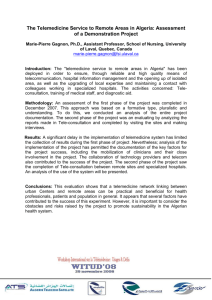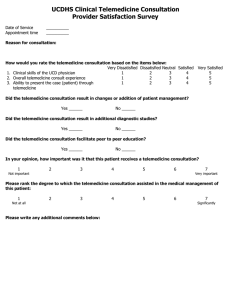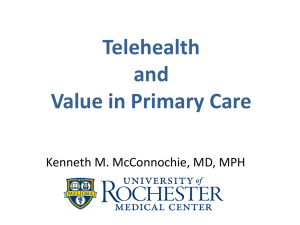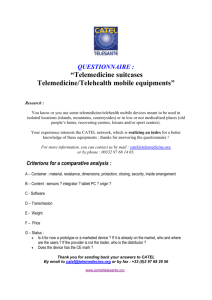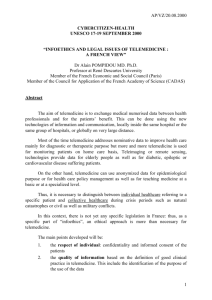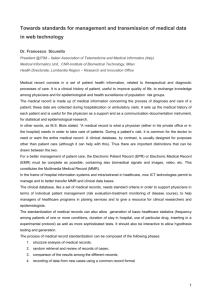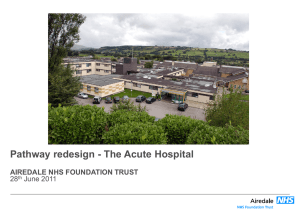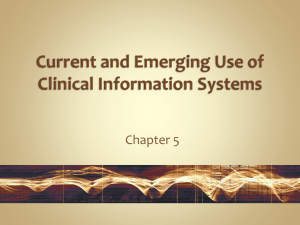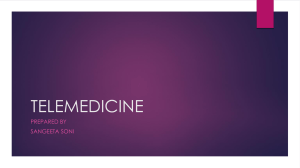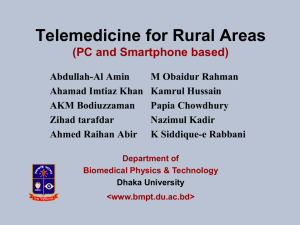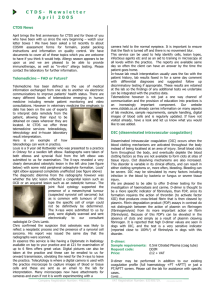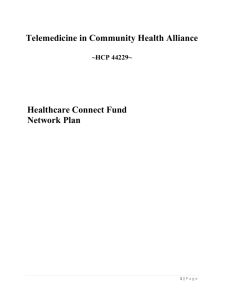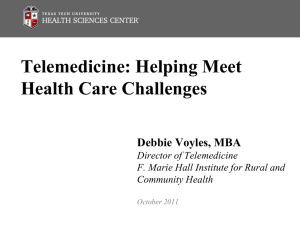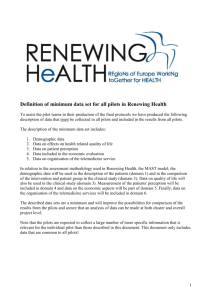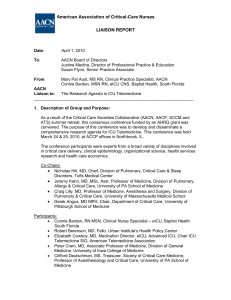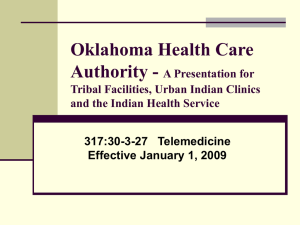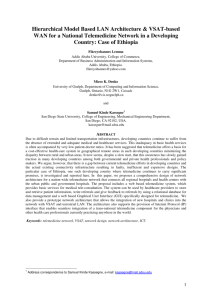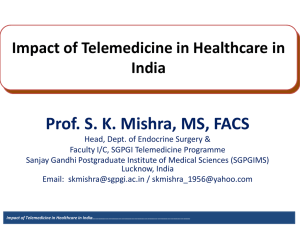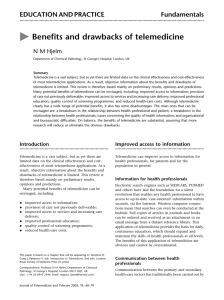telemedicine 25.50KB 2015-11-24 09:02:52
advertisement
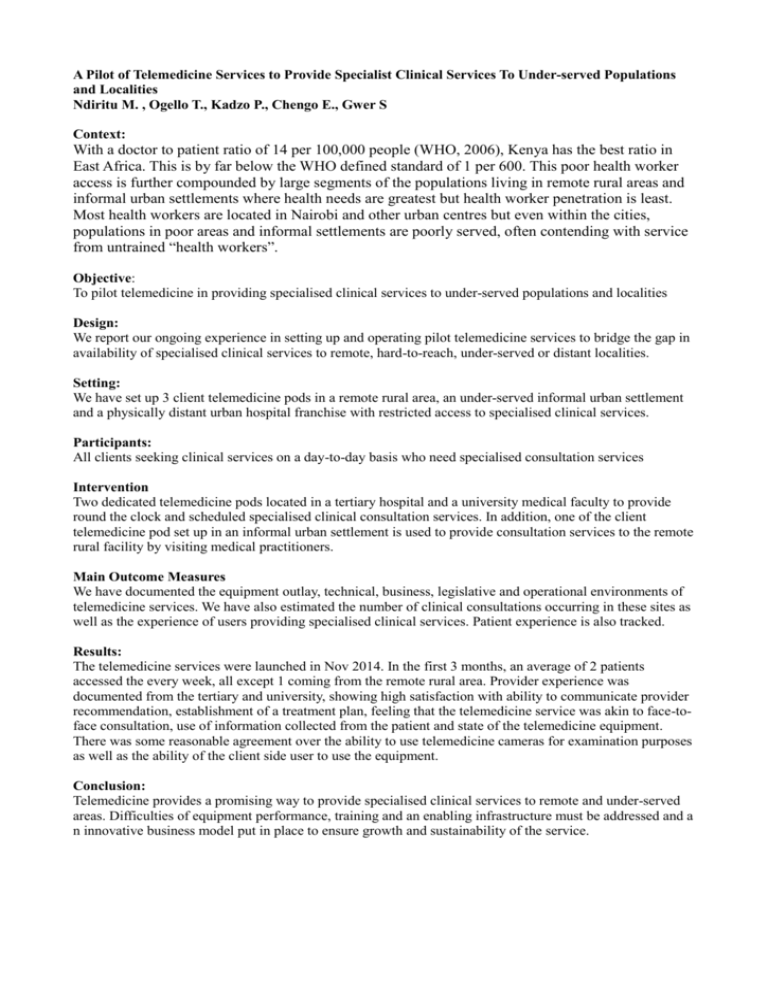
A Pilot of Telemedicine Services to Provide Specialist Clinical Services To Under-served Populations and Localities Ndiritu M. , Ogello T., Kadzo P., Chengo E., Gwer S Context: With a doctor to patient ratio of 14 per 100,000 people (WHO, 2006), Kenya has the best ratio in East Africa. This is by far below the WHO defined standard of 1 per 600. This poor health worker access is further compounded by large segments of the populations living in remote rural areas and informal urban settlements where health needs are greatest but health worker penetration is least. Most health workers are located in Nairobi and other urban centres but even within the cities, populations in poor areas and informal settlements are poorly served, often contending with service from untrained “health workers”. Objective: To pilot telemedicine in providing specialised clinical services to under-served populations and localities Design: We report our ongoing experience in setting up and operating pilot telemedicine services to bridge the gap in availability of specialised clinical services to remote, hard-to-reach, under-served or distant localities. Setting: We have set up 3 client telemedicine pods in a remote rural area, an under-served informal urban settlement and a physically distant urban hospital franchise with restricted access to specialised clinical services. Participants: All clients seeking clinical services on a day-to-day basis who need specialised consultation services Intervention Two dedicated telemedicine pods located in a tertiary hospital and a university medical faculty to provide round the clock and scheduled specialised clinical consultation services. In addition, one of the client telemedicine pod set up in an informal urban settlement is used to provide consultation services to the remote rural facility by visiting medical practitioners. Main Outcome Measures We have documented the equipment outlay, technical, business, legislative and operational environments of telemedicine services. We have also estimated the number of clinical consultations occurring in these sites as well as the experience of users providing specialised clinical services. Patient experience is also tracked. Results: The telemedicine services were launched in Nov 2014. In the first 3 months, an average of 2 patients accessed the every week, all except 1 coming from the remote rural area. Provider experience was documented from the tertiary and university, showing high satisfaction with ability to communicate provider recommendation, establishment of a treatment plan, feeling that the telemedicine service was akin to face-toface consultation, use of information collected from the patient and state of the telemedicine equipment. There was some reasonable agreement over the ability to use telemedicine cameras for examination purposes as well as the ability of the client side user to use the equipment. Conclusion: Telemedicine provides a promising way to provide specialised clinical services to remote and under-served areas. Difficulties of equipment performance, training and an enabling infrastructure must be addressed and a n innovative business model put in place to ensure growth and sustainability of the service.
